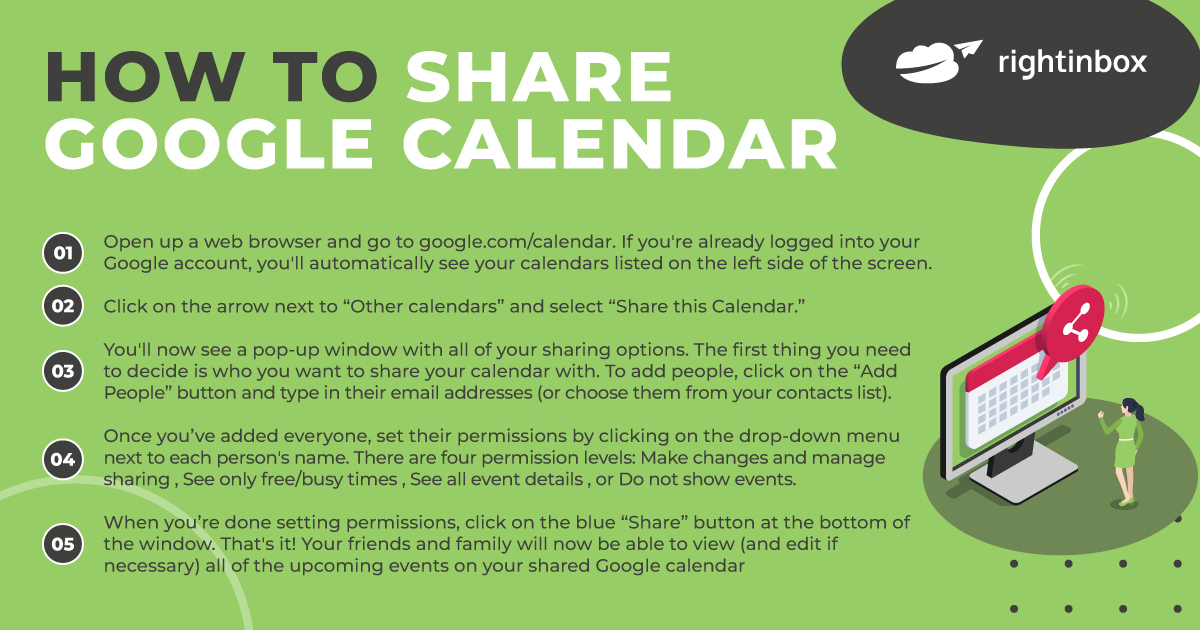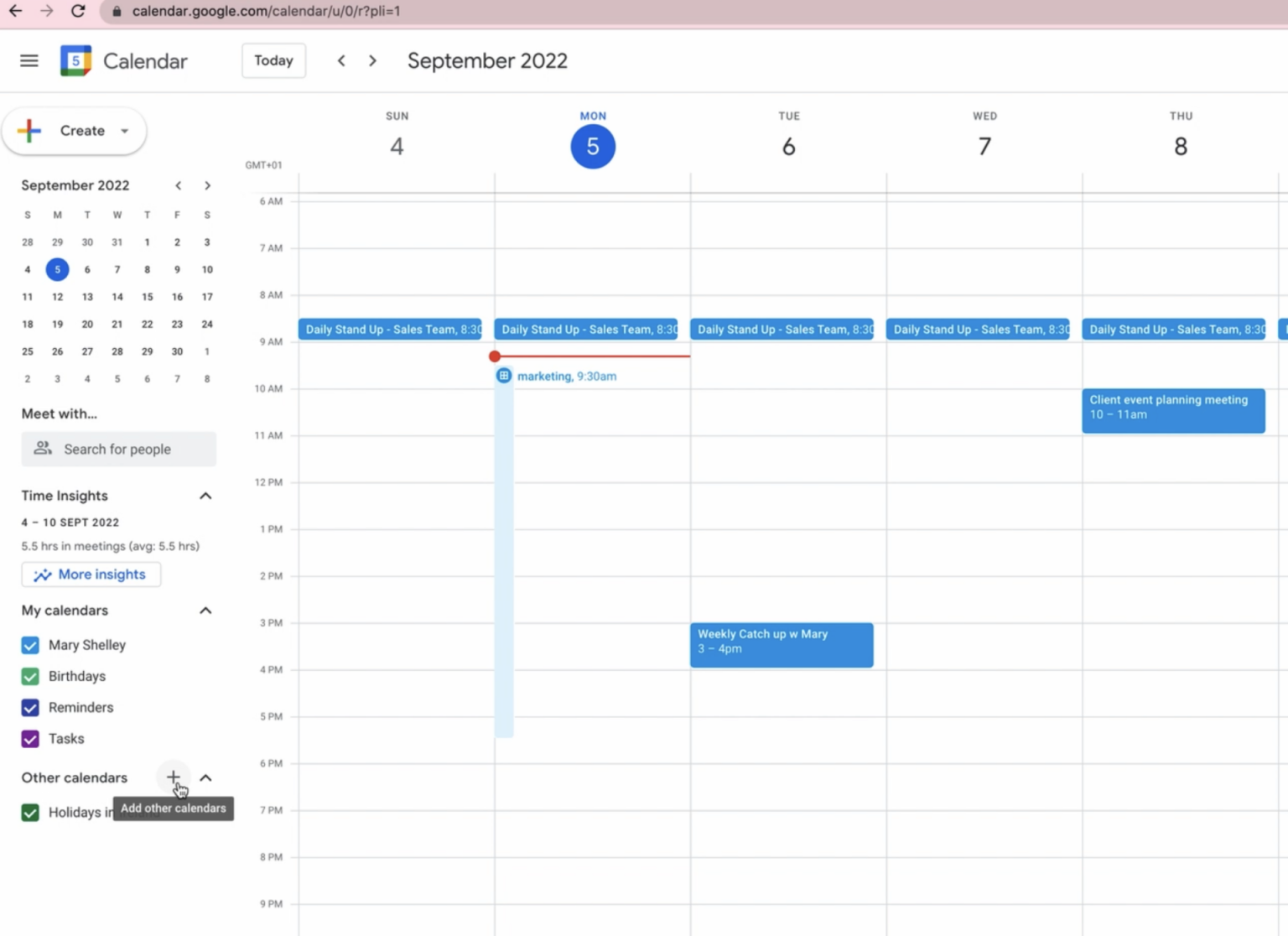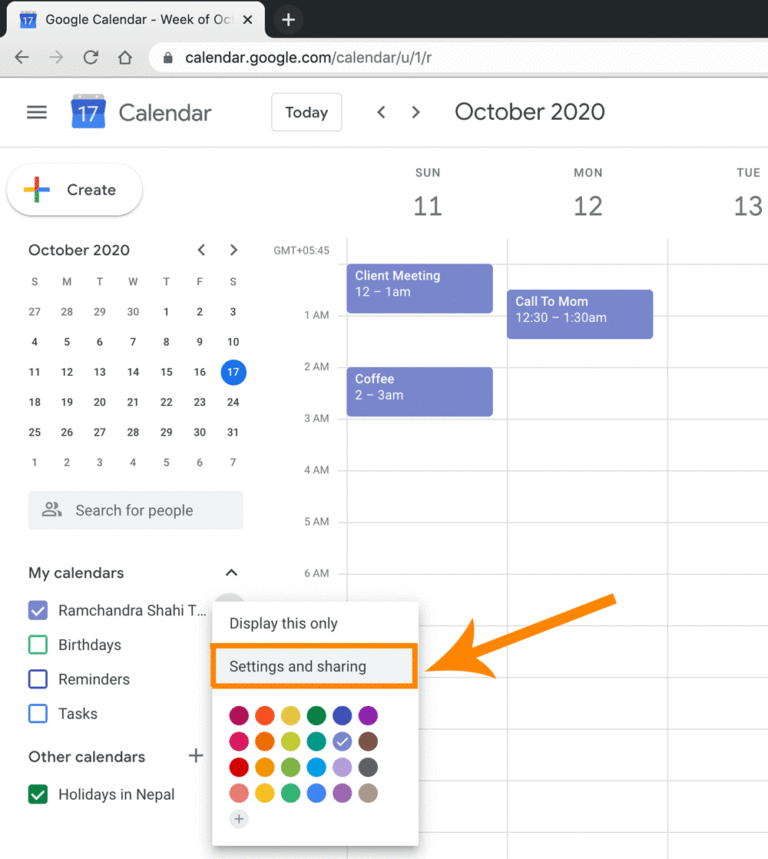Mastering Google Calendar Sharing: A Complete Information
Associated Articles: Mastering Google Calendar Sharing: A Complete Information
Introduction
With enthusiasm, let’s navigate by the intriguing subject associated to Mastering Google Calendar Sharing: A Complete Information. Let’s weave fascinating info and supply contemporary views to the readers.
Desk of Content material
Mastering Google Calendar Sharing: A Complete Information

Google Calendar is a ubiquitous device, seamlessly integrating into our private {and professional} lives. However its energy extends far past particular person scheduling. The power to share calendars is a vital function that fosters collaboration, improves communication, and streamlines workflows. This text delves deep into the intricacies of sharing Google Calendars, masking all the pieces from primary sharing to superior methods for managing massive teams and sophisticated scheduling wants.
The Fundamentals: Sharing a Single Calendar
Sharing a Google Calendar is surprisingly simple. The method includes granting entry to particular people or teams, permitting them to view, edit, or solely obtain notifications about your schedule.
1. Accessing the Sharing Settings:
Open the Google Calendar you want to share. Within the prime proper nook, you will discover a three-vertical-dot menu. Click on on it, and choose "Settings and sharing."
2. Choosing the Sharing Stage:
Navigate to the "Share with particular individuals" part. You may see a subject the place you’ll be able to enter the e-mail addresses of the people you wish to share the calendar with. Crucially, you could choose the suitable permission degree:
- Viewer: This permits the recipient to see your occasions however not make any modifications. That is ultimate for sharing your availability with out giving them management over your schedule.
- Editor: This grants the recipient full entry, permitting them so as to add, edit, and delete occasions in your calendar. Use this permission cautiously and solely with trusted people.
- Commenter: This permits recipients to view occasions and add feedback, however they can’t modify the occasions themselves. That is helpful for offering suggestions or recommendations with out affecting the schedule’s integrity.
3. Including Recipients and Sending Invites:
After coming into the e-mail addresses and choosing the permission degree, click on "Add individual." Google will routinely ship an e-mail invitation to the recipients. They might want to settle for the invitation earlier than they’ll entry your calendar.
4. Managing Shared Calendars:
As soon as a calendar is shared, you’ll be able to handle the permissions at any time by returning to the "Settings and sharing" menu. You’ll be able to take away people, change their permission degree, or cease sharing the calendar fully.
Past the Fundamentals: Superior Sharing Strategies
Whereas primary sharing covers many situations, a number of superior methods improve the utility of Google Calendar sharing, particularly in staff environments or complicated initiatives.
1. Creating A number of Calendars for Totally different Functions:
As a substitute of cramming all the pieces right into a single calendar, take into account creating separate calendars for various facets of your life or work. As an example, you might need separate calendars for:
- Work: This calendar incorporates all work-related appointments, conferences, and deadlines.
- Private: This holds private appointments, household occasions, and leisure actions.
- Initiatives: Create particular person calendars for particular initiatives, permitting you to trace progress and handle duties successfully.
Sharing these particular person calendars permits you to selectively grant entry to particular people or teams based mostly on their wants. For instance, you would possibly share your "Work" calendar with colleagues however preserve your "Private" calendar personal.
2. Using Public Calendars:
For conditions the place it is advisable to share your schedule with numerous individuals, take into account making your calendar public. This permits anybody with the hyperlink to view your occasions, however they can’t make any modifications. Public calendars are helpful for sharing occasion schedules, class occasions, or public talking engagements. Keep in mind to fastidiously take into account privateness implications earlier than making a calendar public.
3. Subscribing to Different Calendars:
You’ll be able to subscribe to calendars created by others, even when they have not explicitly shared them with you. That is notably helpful for staying knowledgeable about public occasions, holidays, or the schedules of people or organizations you regularly work together with. That is achieved by including the calendar’s URL (iCal feed) to your Google Calendar.
4. Shade-Coding and Customization:
Efficient calendar sharing hinges on readability and group. Make the most of color-coding to distinguish between shared calendars. This immediately improves readability and permits you to rapidly establish occasions from totally different sources. Customizing calendar names with descriptive titles additionally enhances group.
5. Managing Giant Teams and Crew Calendars:
For groups or organizations, making a shared staff calendar is important. This permits everybody to see upcoming conferences, deadlines, and occasions, selling higher coordination and lowering scheduling conflicts. Google Teams will be built-in with Google Calendar to facilitate environment friendly sharing with massive teams. Designating particular people as directors to handle the staff calendar is essential for sustaining order and stopping unintended modifications.
6. Integrating with Different Google Companies:
Google Calendar seamlessly integrates with different Google providers, enhancing its capabilities. For instance, you’ll be able to create calendar occasions instantly from Gmail, Google Duties, or different purposes. This integration streamlines workflows and ensures consistency throughout your digital workspace.
7. Troubleshooting Frequent Points:
Regardless of its simplicity, Google Calendar sharing often presents challenges. Frequent points embody:
- Recipient not receiving the invitation: Test the recipient’s e-mail tackle for accuracy and make sure that it isn’t blocked by spam filters.
- Permission points: Confirm that the proper permission degree has been assigned to the recipient.
- Calendar not showing: The recipient might have to refresh their Google Calendar or test their subscription settings.
Conclusion:
Mastering Google Calendar sharing considerably enhances productiveness and collaboration. By understanding the assorted sharing choices, superior methods, and troubleshooting strategies outlined on this article, you’ll be able to successfully leverage this highly effective device to handle your schedule and coordinate with others seamlessly. From easy private sharing to complicated staff calendars, Google Calendar gives a sturdy and versatile answer for all of your scheduling wants, fostering higher communication and effectivity in each private {and professional} contexts. Keep in mind to frequently overview your sharing settings and permissions to make sure your calendar stays organized and safe.


![[Google Workspace Course] Mastering Google Calendar for Event Planning](https://file.reskills.com/files/14Oct2023-AdriYanto.jpg)





Closure
Thus, we hope this text has supplied beneficial insights into Mastering Google Calendar Sharing: A Complete Information. We hope you discover this text informative and useful. See you in our subsequent article!